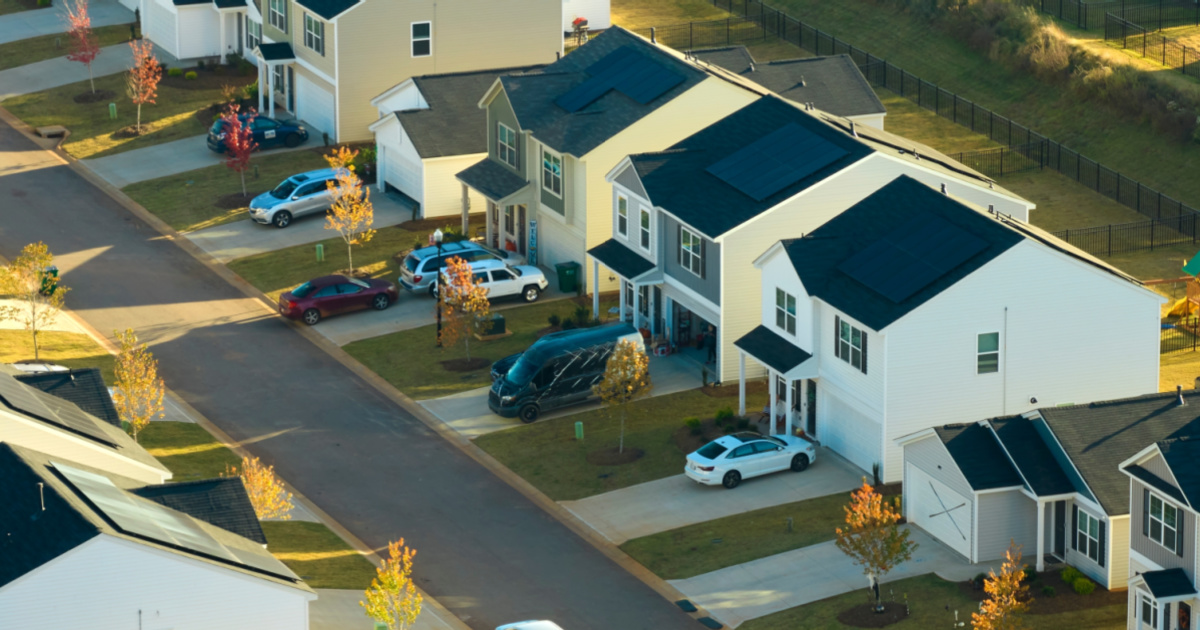
It shouldn’t come as much surprise that young people aren’t buying into the idea of the American Dream they way their older counterparts did.
After all, study after study has proven that, since about the middle of Generation X, their lives have been harder – every day more of a struggle – than the generations before them.
This survey puts data where the assumptions have been, though, and shows that both Millennials and Gen Z just aren’t swallowing the hook, line, or sinker.
The American Dream describes the optimistic idea that every person in the United States can get their ideal life with nothing but hard work and determination.
It harkens all the way back to the Declaration of Independence, which states “all men are created equal,” and have the right to “life, liberty, and the pursuit of happiness.”
Now, only 53% of Americans say they believe that’s still possible, and 41% say it used to be possible but isn’t anymore.
6% say it was never possible at all.
A majority of people over 50 still believed in the sentiment, while just 43% of people between the ages of 30 and 49 agreed.
People between the ages of 18-29 were the most pessimistic, with just 39% of them believing the dream lived.
36% of that bracket felt the American Dream was out of reach.
Unsurprisingly, richer people are much more likely to buy into the idea, with 64% of the upper class believing it still exists, and only 39% of lower income people agreeing.
Race is also a factor, with 11% of Black people saying the American Dream never existed at all, and 33% believing it’s out of reach for them personally.
55% of white respondents believe it’s still possible; only % of white people say it was never real at all.
Researchers believe these results have a direct correlation with how the country has changed over the past 50 years.
Between 1950 and 1980, social mobility was at an all-time high. It has drastically declined since, and took a major hit with the economic meltdown in 2007.
That economic downturn never had the chance to fully recover before COVID-19 and political unrest followed on its heels, leading to a huge and growing gulf between the haves and the have-nots.
The wealth inequality in America is as bad as it’s ever been, and it shows. Compared to 61% of households being considered middle class in 1971, now only 51% fall into that category.
The number of billionaires in the US has grown from 66 in 1990 to 748 in 2023.
And the ocean can only consume so many.
The trends prove that millennials and Gen Z aren’t making things up when they say life is harder for them.
But good luck getting the Boomers to believe it.
If you thought that was interesting, you might like to read about a quantum computer simulation that has “reversed time” and physics may never be the same.